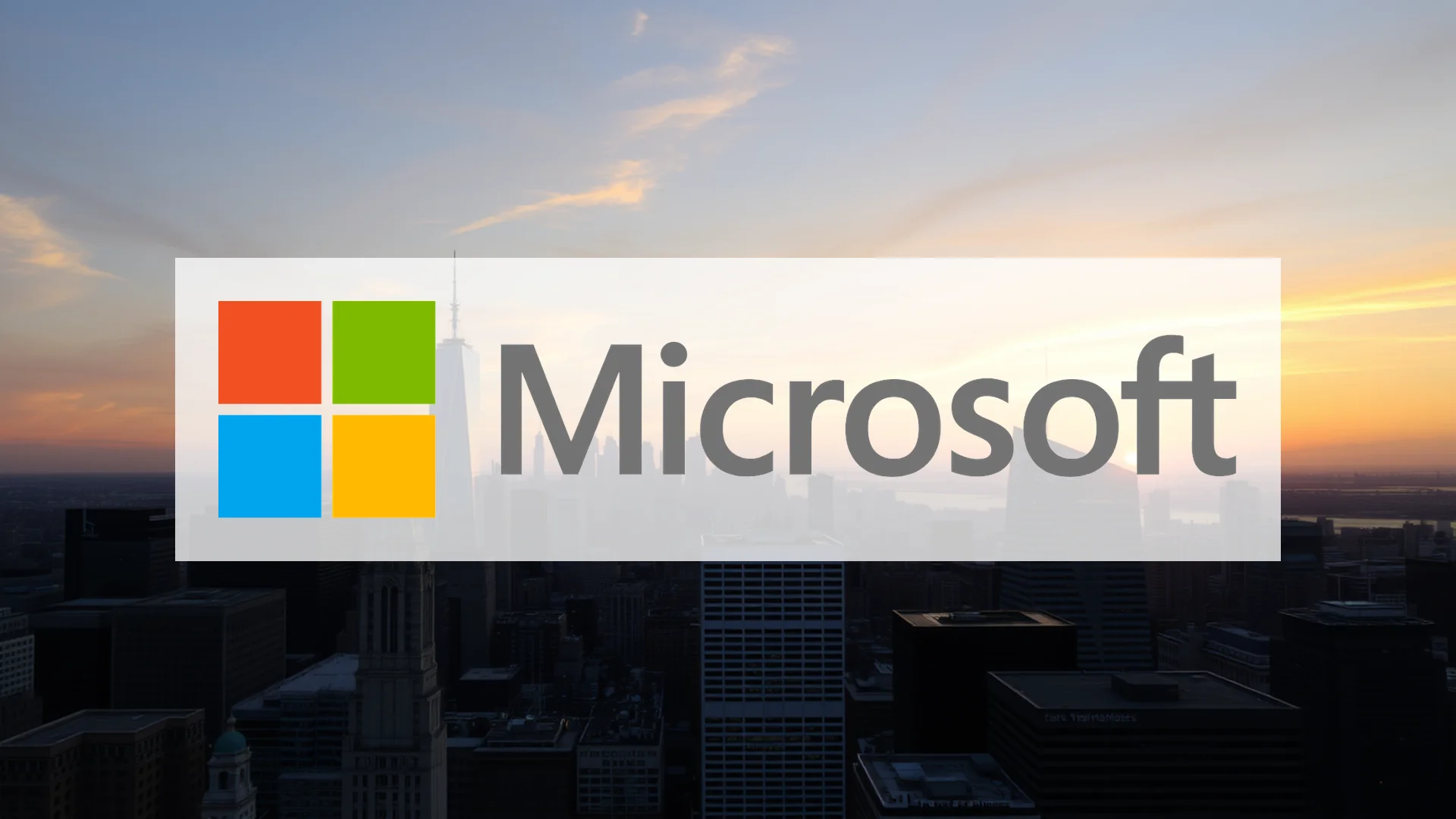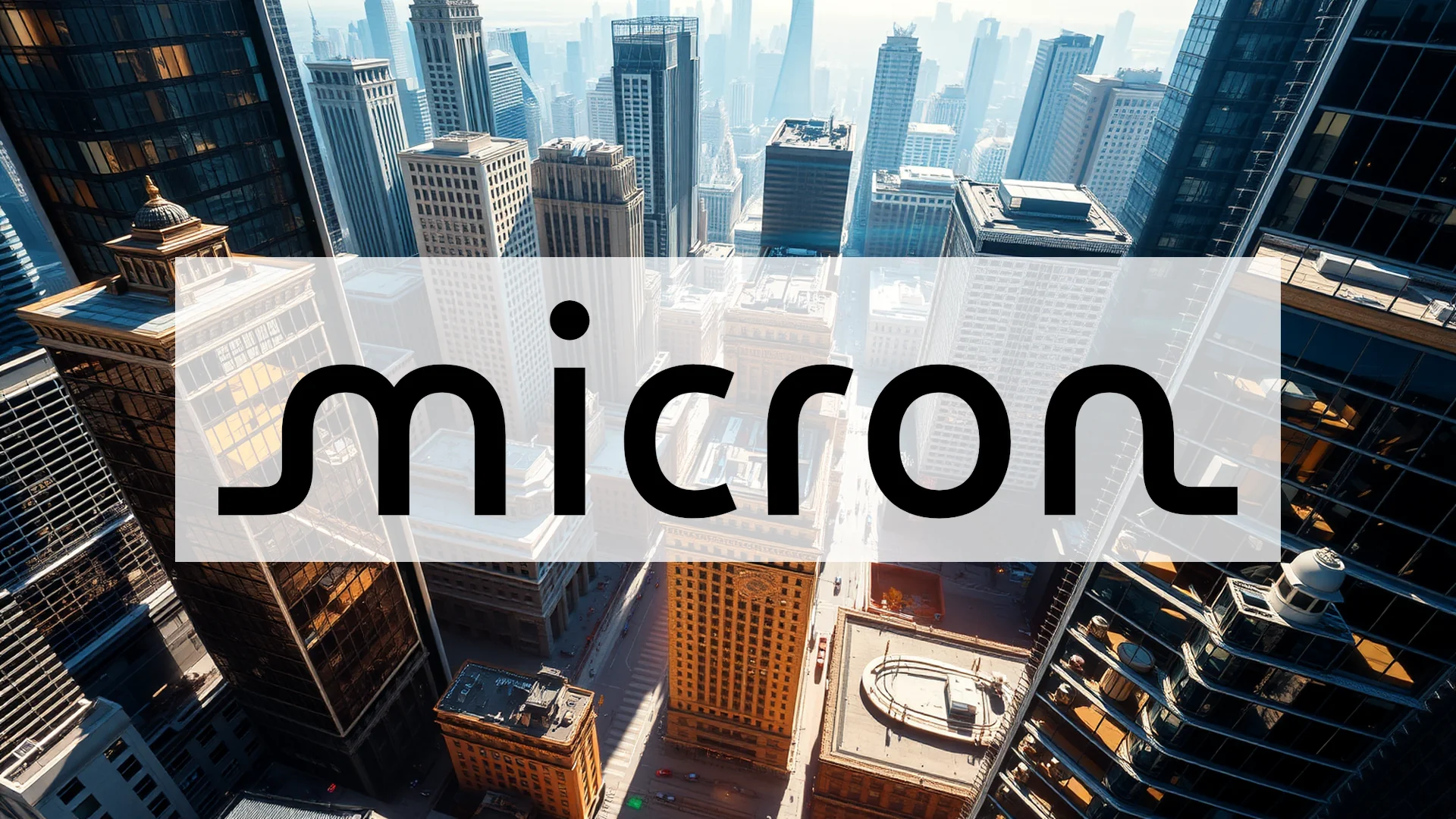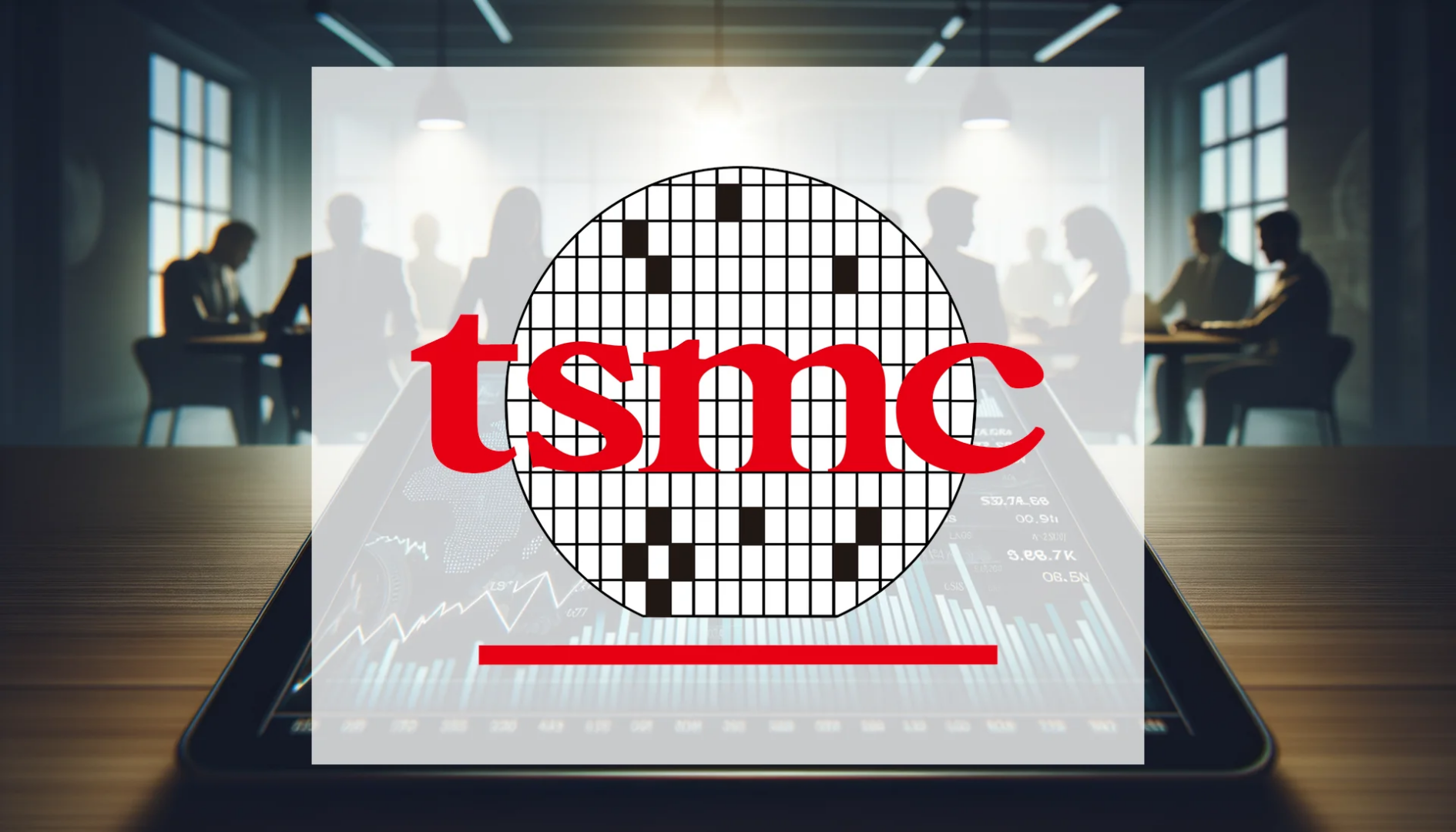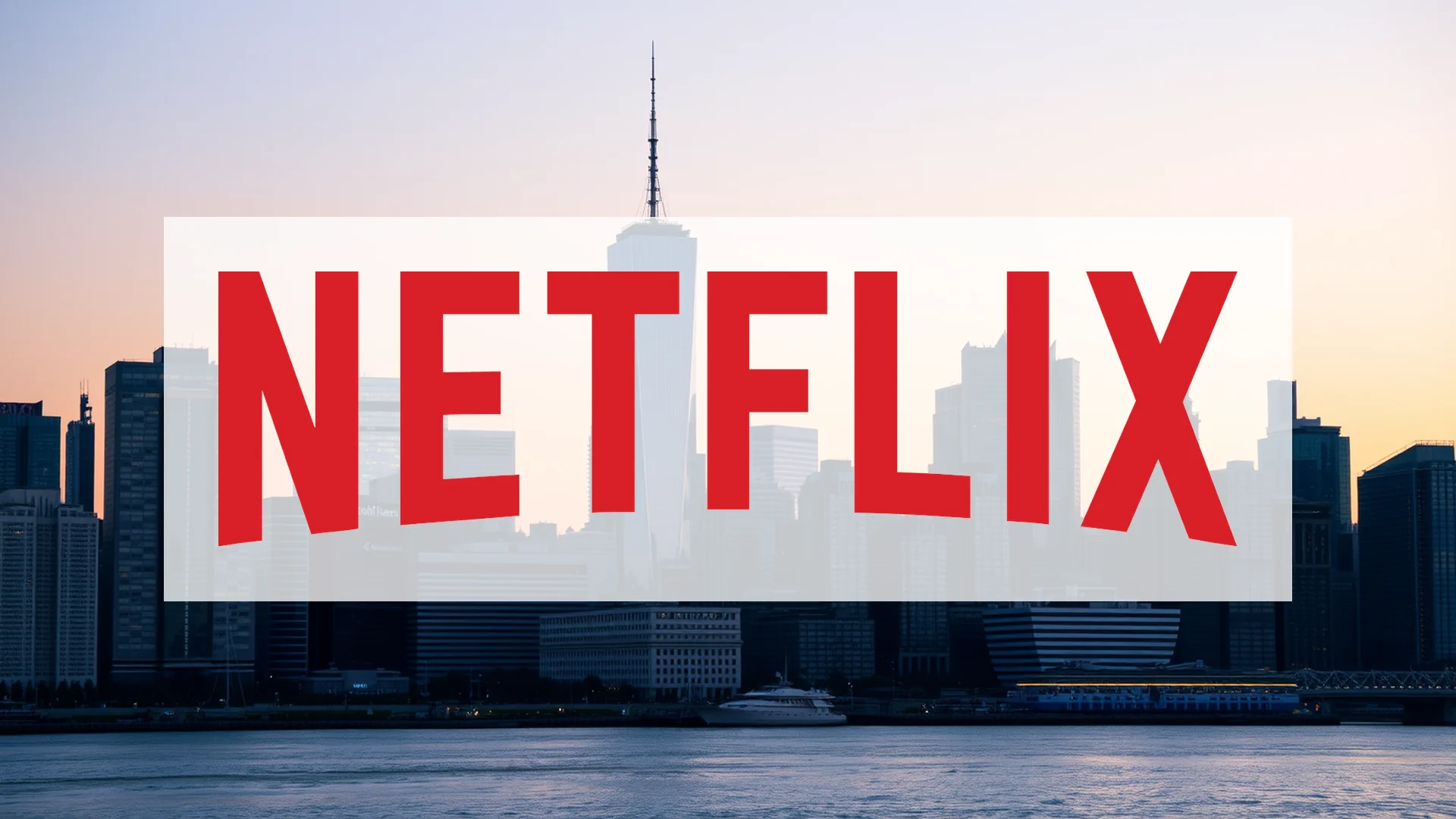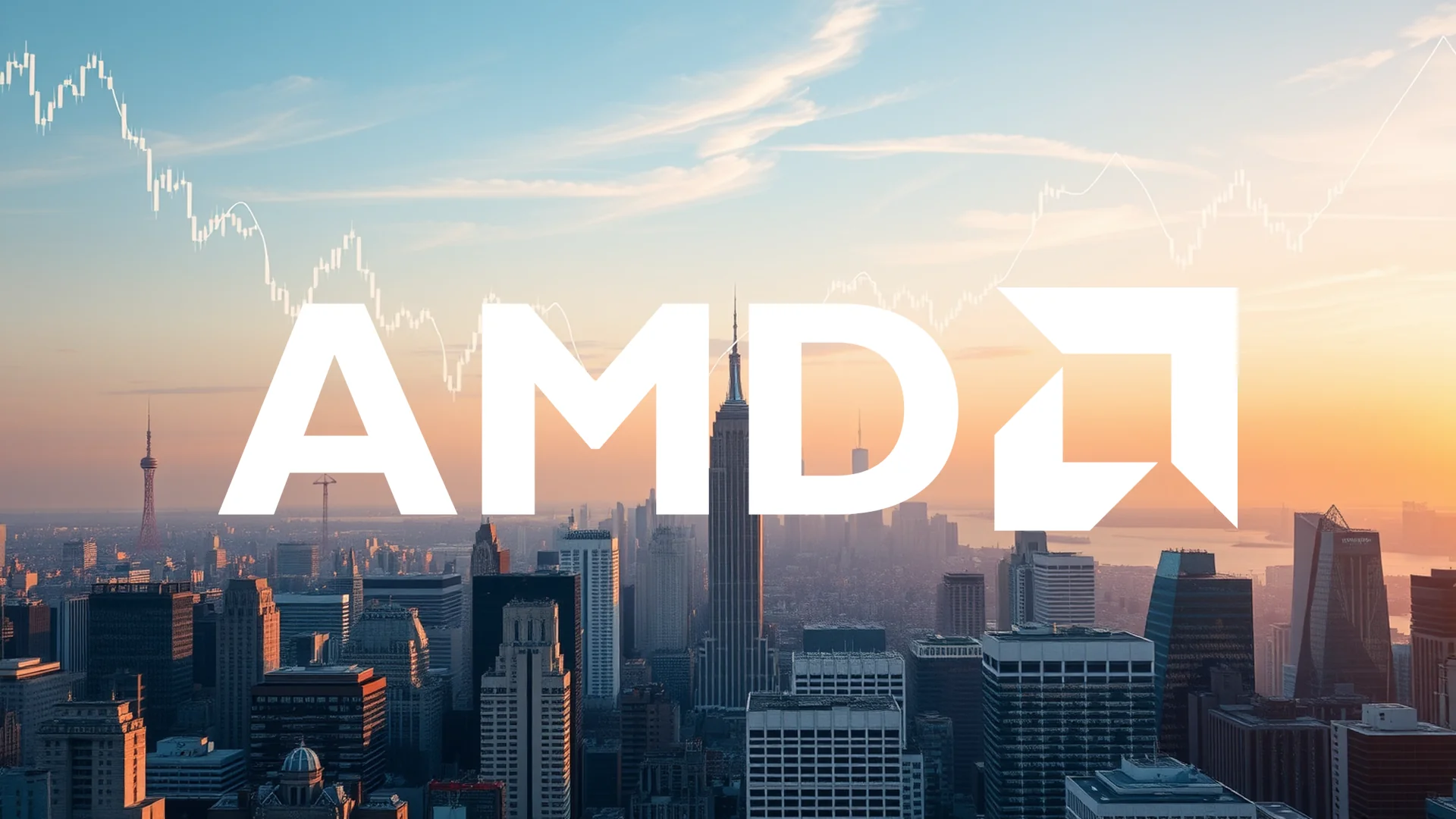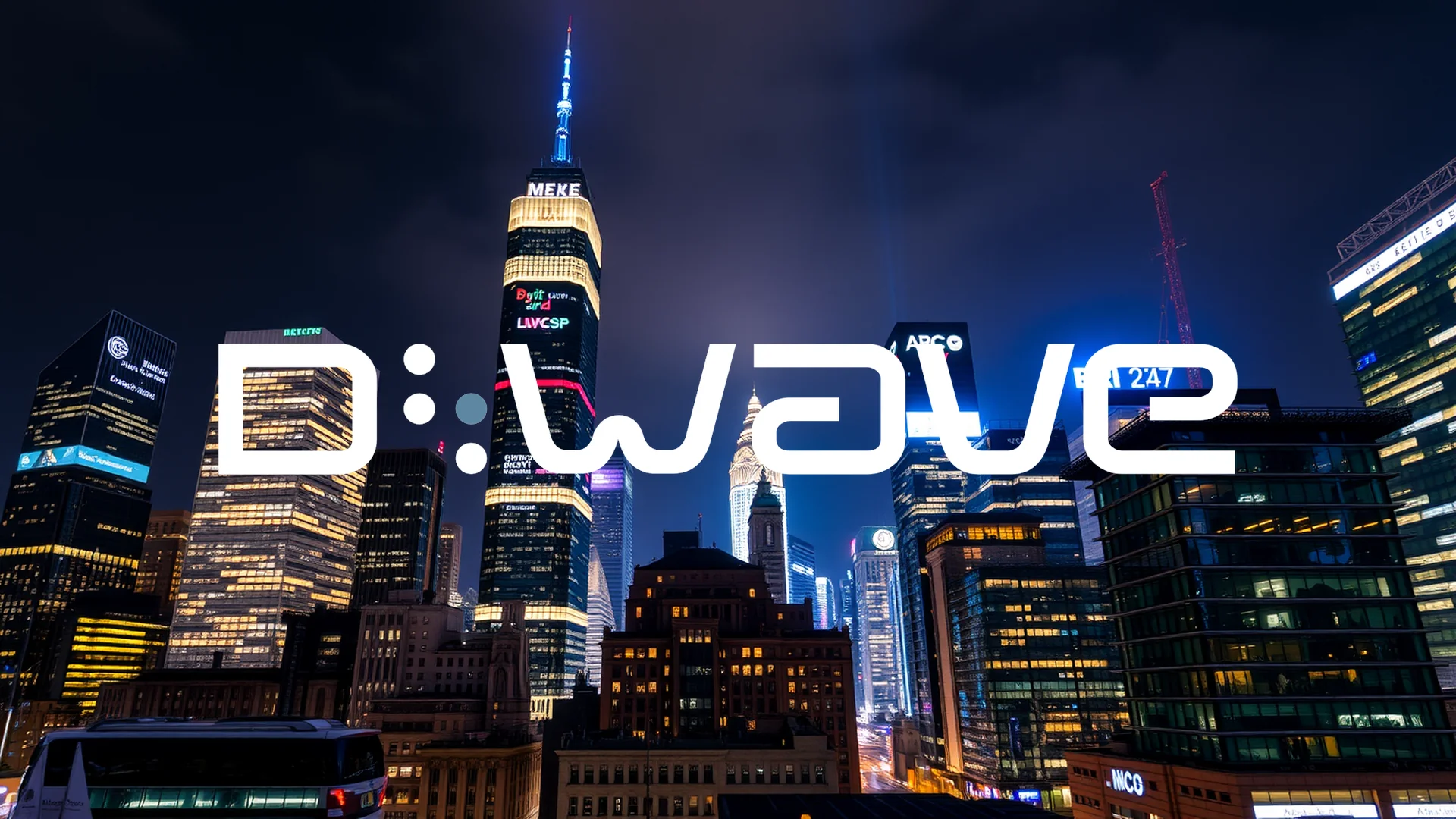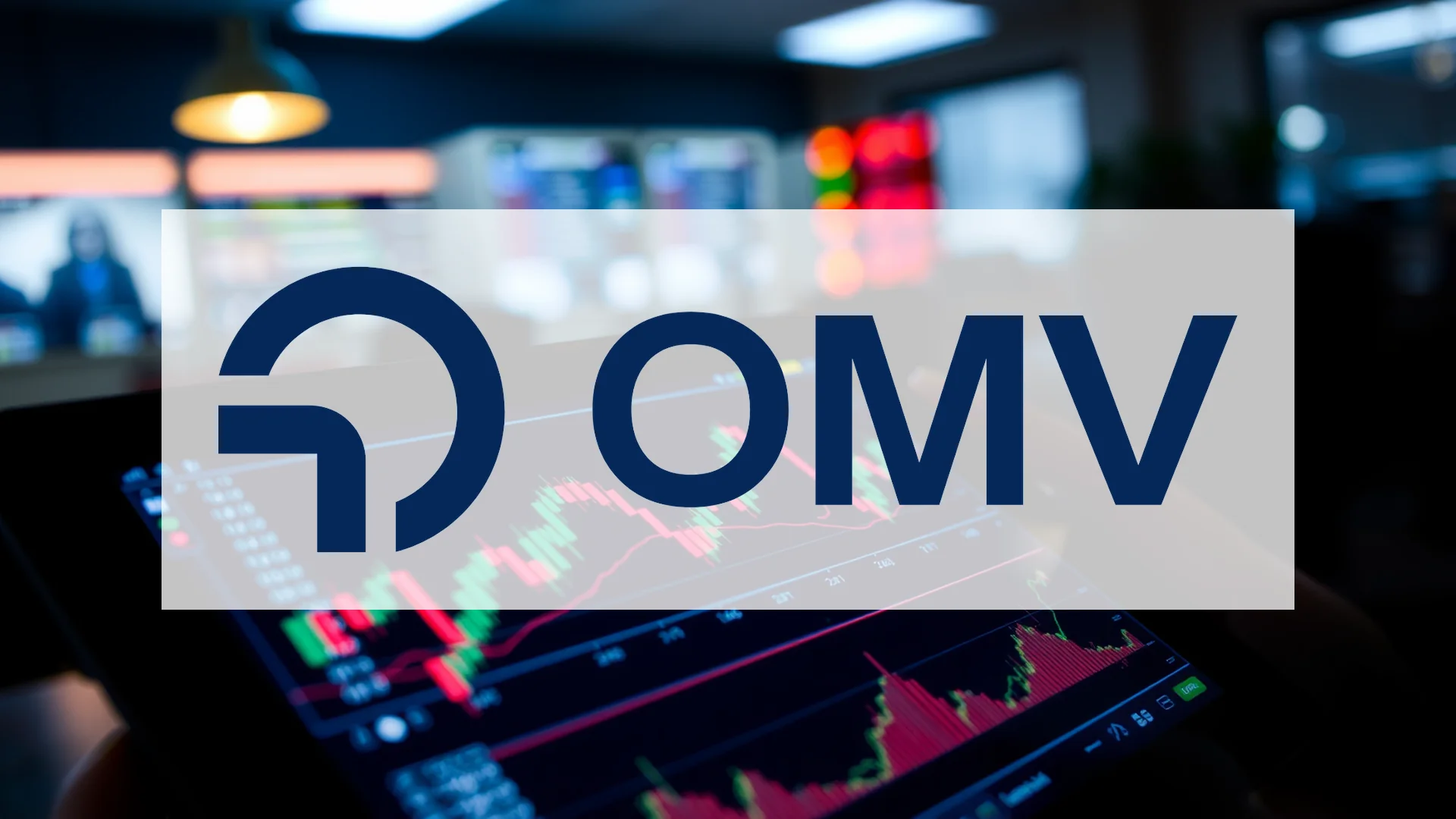In a sweeping organizational overhaul, Microsoft CEO Satya Nadella has initiated the most significant structural changes since he assumed leadership in 2014, substantially delegating operational authority. This redistribution of power, while potentially appearing to diminish his direct control, may ultimately prove a masterstroke in corporate strategy. As competitors rapidly advance in the artificial intelligence arena, Nadella is positioning himself to focus exclusively on what he considers the definitive factor in Microsoft’s future trajectory: AI development and integration.
Executive Realignment Places Commercial Operations Under New Leadership
Effective October 1, veteran sales chief Judson Althoff assumes the newly created role overseeing Microsoft’s commercial business, commanding approximately 75% of the company’s total revenue. This promotion represents far more than a routine executive movement—it constitutes a fundamental reallocation of responsibility within one of the world’s most valuable corporations.
Althoff, who joined Microsoft in 2013 and most recently served as Executive Vice President and Chief Commercial Officer, will now direct operations for Azure cloud services, Microsoft 365, Dynamics, and LinkedIn. According to Nadella, Althoff engineered Microsoft’s “primary growth engine.” These business segments collectively generated about $220 billion of Microsoft’s total $282 billion in revenue during the 2025 fiscal year.
Concentrated Focus on AI Infrastructure and Innovation
Nadella described the current technological landscape as being “amid a tectonic AI platform shift” in internal communications to staff. His restructured position will enable undivided attention toward what he terms Microsoft’s “most ambitious technical work,” encompassing data center expansion, systems architecture, artificial intelligence research, and product innovation.
Should investors sell immediately? Or is it worth buying Microsoft?
The timing of this reorganization coincides with mounting competitive pressure from industry rivals including Google, Amazon, and even Microsoft’s collaborator OpenAI. Concurrently, the company is committing unprecedented capital toward AI infrastructure development, with plans to invest $30 billion in the United Kingdom alone—representing Microsoft’s largest international financial commitment outside the United States.
Market Reaction and Future Implications
Equity markets displayed minimal reaction to the leadership restructuring, with Microsoft shares continuing to trade around the $517 price level, maintaining the company’s market valuation above $3.8 trillion. The true test of this new operational framework will emerge when Microsoft discloses quarterly financial results in late October—the first earnings report under the revised corporate structure.
Financial analysts have largely characterized the reorganization as strategically astute for navigating the AI era. Separating day-to-day operational management from innovation-focused leadership could potentially provide Microsoft with a decisive advantage in the ongoing technology arms race. The critical question remains whether Nadella can successfully translate his concentrated AI focus into market-dominating products before competitors close the technological gap.
Ad
Microsoft Stock: Buy or Sell?! New Microsoft Analysis from November 20 delivers the answer:
The latest Microsoft figures speak for themselves: Urgent action needed for Microsoft investors. Is it worth buying or should you sell? Find out what to do now in the current free analysis from November 20.
Microsoft: Buy or sell? Read more here...

